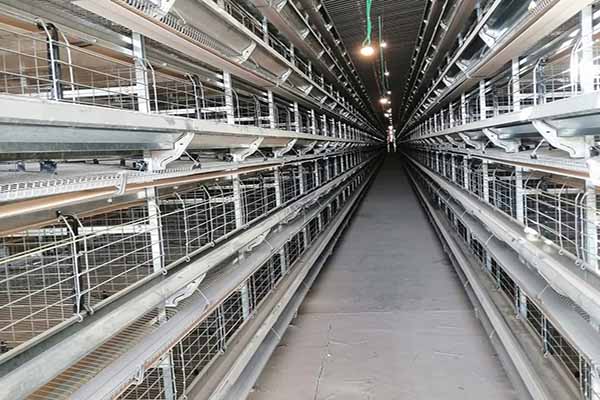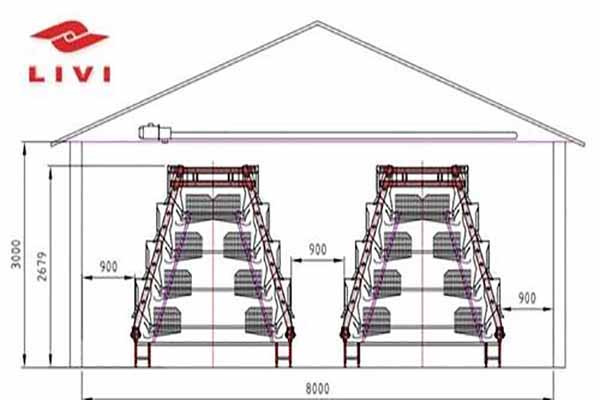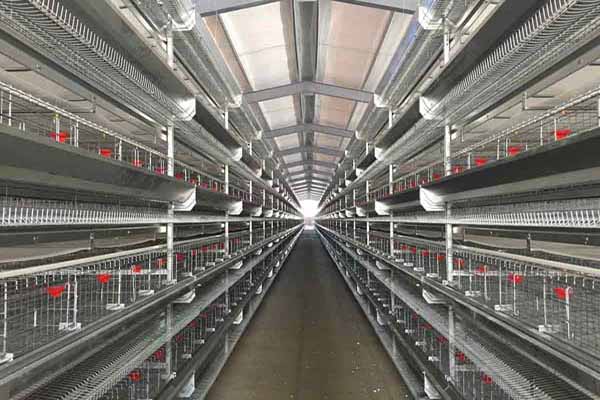Cage Solution for Refugee Farms: Revolutionizing Poultry Farming
Introduction to Refugee Farming
Refugee farming has emerged as a vital component in providing sustainable solutions for displaced populations. With the increase in global migration, the need for efficient and humane farming practices is more critical than ever. One such practice that has gained attention is the use of cage solutions for poultry farming.
According to the United Nations High Commissioner for Refugees (UNHCR), there were over 79.5 million forcibly displaced people worldwide as of 2021. This includes refugees, asylum seekers, and internally displaced persons. In many cases, these individuals seek to establish themselves by engaging in agricultural activities.

The Importance of Cage Solutions
Cage solutions for poultry farming offer several advantages over traditional methods:

- Enhanced biosecurity: Cages provide a controlled environment that reduces the risk of disease transmission.
- Improved animal welfare: Properly designed cages ensure that birds have enough space to move and express natural behaviors.
- Increased productivity: Cages can lead to better egg production and overall health of the birds.
According to a study published in the Journal of Animal Science, cage systems can increase egg production by up to 15% compared to free-range systems.

| Parameter | Traditional Farming | Cage Farming |
|---|---|---|
| Disease Transmission | High | Low |
| Bird Welfare | Varies | Consistent |
| Egg Production | Varies | Increased |
Implementing Cage Solutions for Refugee Farms
Implementing cage solutions for refugee farms requires careful planning and consideration of several factors:
- Site Assessment: Evaluate the suitability of the land for poultry farming, considering factors like soil quality, water availability, and proximity to markets.
- Design and Planning: Develop a comprehensive plan that includes the layout of the farm, cage design, ventilation, and waste management systems.
- Training and Support: Provide training to farmers on proper cage management, biosecurity, and animal welfare practices.
It is estimated that the initial setup cost for a cage farming system can range from $5,000 to $15,000, depending on the scale and location of the farm.
Conclusion
Cage solutions for refugee farms offer a promising approach to sustainable poultry farming. By improving biosecurity, animal welfare, and productivity, these systems can significantly contribute to the economic stability and well-being of displaced populations.
We invite potential clients to leave comments below for further inquiries. Get a free poultry farming design and equipment quote from LIVI Mechanical.




